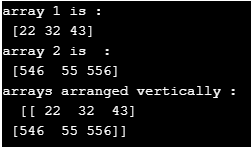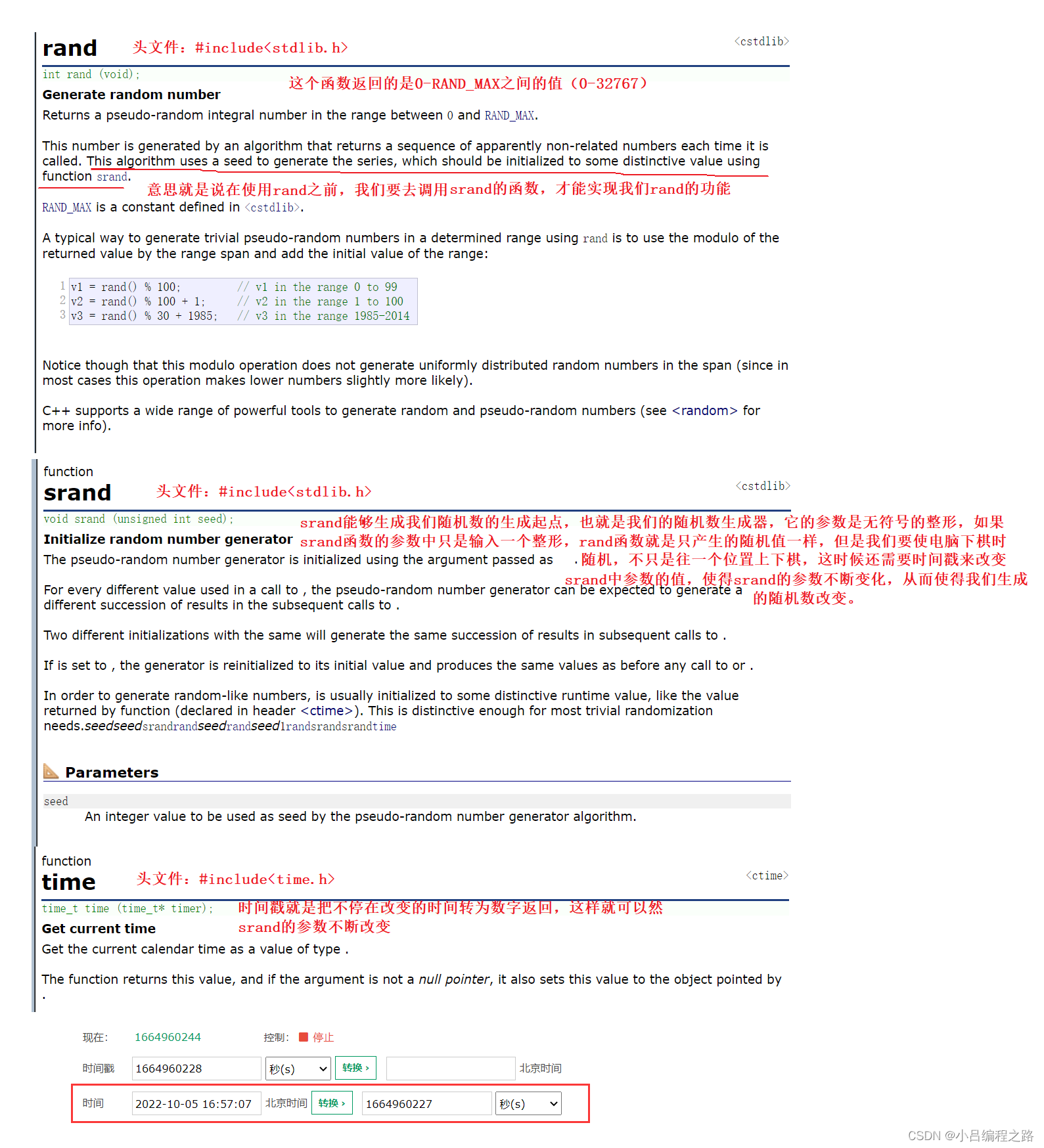
The function np.hstack(tup) takes arguments as tuple which include matrix's/arrays. In this blog, we will be discussing the different ways that can be used to concatenate different matrices or arrays. > a = np.array((1,2,3))Īrray Manipulation with NumPy - Hstack, Vstack, and Concatenate This function makes most sense for arrays with up to 3 dimensions. This is equivalent to concatenation along the second axis, except for 1-D arrays where it concatenates along the first axis. hstack (tup, *, dtype = None, casting = 'same_kind') # Stack arrays in sequence horizontally (column wise). Solarray = for b in range(4) ] for a in range(4) ]įrom scipy.io.wavfile import read filepath = glob.glob('*.wav') rates = datas = for fp in filepath: rate, data = read(fp) rates.append(rate) datas.append(data from scipy.io.wavfile import read 'Here is the list containing the 4 lists of all 1x2 lists'

'Here is the list containing all of the 1x2 lists' Print('Here is the list containing the 4 lists of 1x2 lists') Print('Here is the list containing all of the 1x2 lists') Furthermore, my version gives the final j index instead of iterating through the j 's as the loop goes through the specified range. ] Constructing a list of list of arrays?Īlso note that I did not specify a 1x2 array in the code, but a list because that was the only way to get this close answer. ValueError: all the input arrays must have same number of dimensions, but the array at index 0 has 1 dimension(s) and the array at index 1 has 2 dimension(s) # create an array of shape (2, 1) ~\anaconda3\envs\dsp\lib\site-packages\numpy\core\shape_base.py in hstack(tup)ģ41 # As a special case, dimension 0 of 1-dimensional arrays is "horizontal" ValueError Traceback (most recent call last)

# tup is a tuple of arrays to be concatenated, e.g. ) ar_h = np.hstack(tup) import numpy as np It concatenates the arrays in sequence horizontally (column-wise). You can use the numpy hstack () function to stack numpy arrays horizontally. ValueError: all the input array dimensions except for the concatenation axis must match exactly Using numpy hstack() to horizontally stack arrays Print ("Horizontally stacked array:\n ", res) Enough talk now let’s move directly to the usage and examples from the basics. You can use hstack () very effectively up to three-dimensional arrays. The numpy.hstack () function in Python is used to stack or pile the sequence of input arrays horizontally (column-wise) and make them a single array. Numpy Hstack in Python For Different Arrays Return : The stacked array of the input 1st Input array : The arrays must have the same shape along all but the second axis. tup : Tuple containing arrays to be stacked. numpy.hstack () function is used to stack the sequence of input arrays horizontally (i.e. Array Manipulation with NumPy - Hstack, Vstack, and Concatenate.Using numpy hstack() to horizontally stack arrays.Numpy Hstack in Python For Different Arrays.concatenation with respect to axis 0 or vertical.Generate a matrix A and B of size 3,2 and 4,2.Out = np.concatenate((A,B),axis=1) print(out) ] Generate a matrix A and B of size 2,4 and 2,5.If the axis is set to 0, it works as vstack and if the axis is 1, it works as hstack. The concatenate operation can perform both hstack and vstack and it can be specified by setting the axis. out can be provided with the destination array or the output array by default it's none.



 0 kommentar(er)
0 kommentar(er)
